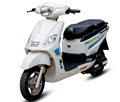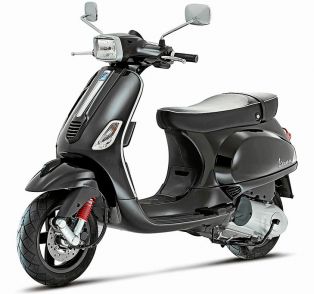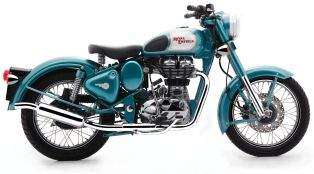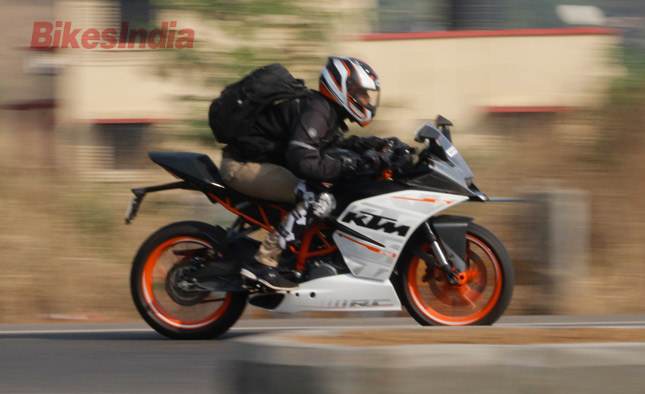 Unlike cars, bikes are pretty basic when it comes to giving out information to the rider on the go. Today even the most basic cars come equipped with the most sophisticated fuel gauge readings and also monitor a car’s fuel consumption according to the riding style and give out the distance to empty readings and even real time fuel consumption numbers. All these are not easily available on many bikes. The KTM has introduced these features in their Duke and RC bikes, but that is all we have in India as of now. The rest is only provided in the high end bikes today.
Unlike cars, bikes are pretty basic when it comes to giving out information to the rider on the go. Today even the most basic cars come equipped with the most sophisticated fuel gauge readings and also monitor a car’s fuel consumption according to the riding style and give out the distance to empty readings and even real time fuel consumption numbers. All these are not easily available on many bikes. The KTM has introduced these features in their Duke and RC bikes, but that is all we have in India as of now. The rest is only provided in the high end bikes today.What this has done is, opened up a market for fuel management systems and kits here in India to provide the rider a complete control over the fueling of the bike. This way the rider can simply adjust the way fuel is delivered to the bike and adjust it accordingly and that too on the fly. Today in India we have a lot of bikes still running the good ‘ol carb. Fuel injection has arrived, but the overall penetration is still not that good owing to the larger cost and less availability.
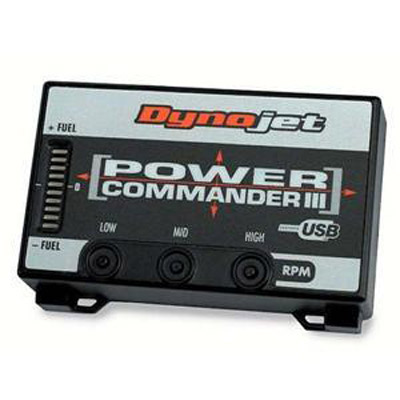
FMS on Carburetor Bikes:
So working of the fuel management systems with carburetors is a pretty tricky task. Unlike FI units, the fuel supply to the air ratio is done via a manual method of turning screws and adjusting accordingly. But with fuel management systems, one can simply connect it to a carb bike, make a pre-adjustment to allow for the richest supply and then reduce the flow via the FMS. This way the carburetor will work exactly the way it is supposed to, but then the fuel supply to the carburetor is managed by the rider according to his/her requirement.
FMS on FI Bikes:
Fuel management systems on bikes with Fuel Injection are a lot better since the fuel is directly injected and controlled by the computer. There are no screws to turn and most importantly there are no additional modifications and parts required to be fitted on the bike. The FMS can directly be connected to the FI unit and the ECU of the bike to gather the data and manage the fuel consumption.
So working of the fuel management systems with carburetors is a pretty tricky task. Unlike FI units, the fuel supply to the air ratio is done via a manual method of turning screws and adjusting accordingly. But with fuel management systems, one can simply connect it to a carb bike, make a pre-adjustment to allow for the richest supply and then reduce the flow via the FMS. This way the carburetor will work exactly the way it is supposed to, but then the fuel supply to the carburetor is managed by the rider according to his/her requirement.
FMS on FI Bikes:
Fuel management systems on bikes with Fuel Injection are a lot better since the fuel is directly injected and controlled by the computer. There are no screws to turn and most importantly there are no additional modifications and parts required to be fitted on the bike. The FMS can directly be connected to the FI unit and the ECU of the bike to gather the data and manage the fuel consumption.
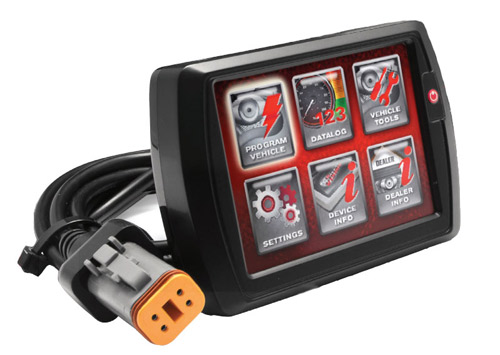 After all this is done, one must know that FMS systems do not come with a manual of how they work the best and what setting to keep them in. It takes a lot of effort and trial and error to get it right according to how you prefer the bike to perform. The biggest advantage of this is, one can simply adjust the fueling of the bike on the go without the need for extensive tools and mechanical know how.
After all this is done, one must know that FMS systems do not come with a manual of how they work the best and what setting to keep them in. It takes a lot of effort and trial and error to get it right according to how you prefer the bike to perform. The biggest advantage of this is, one can simply adjust the fueling of the bike on the go without the need for extensive tools and mechanical know how.After installing the FMS on the bike, you are going to have to churn out many a miles to check out how your bike performs under different settings and which one you prefer the most. One has to remember that there is no perfect setting and there is no one correct setting. They may and will vary from individual to individual depending upon the kind of riding one prefers. Some might like it lean and the fuel efficient way, while others might want a richer, high power producing mode. So it can always vary.
With FMS one can easily alter the fueling of the bike and not just that but even keep track of the overall fuel consumption of the bike in real time. Now that is a lot of information one can get by fitting the Fuel Management system on their bikes. Apart from that, many of the FMS even give out the power and torque output figures as well of the bike. And some can even connect to your smartphones via Bluetooth and relay all the information there so that can check it out and even store the information for future reference.
So installing FMS is not a bad idea, it has loads of advantages, but do know that they do cost quite a bomb. So make sure that if you are going to be using it, it should save you enough to pay itself back over time, else it really does not make sense to get one.
By: Pratik Patole





